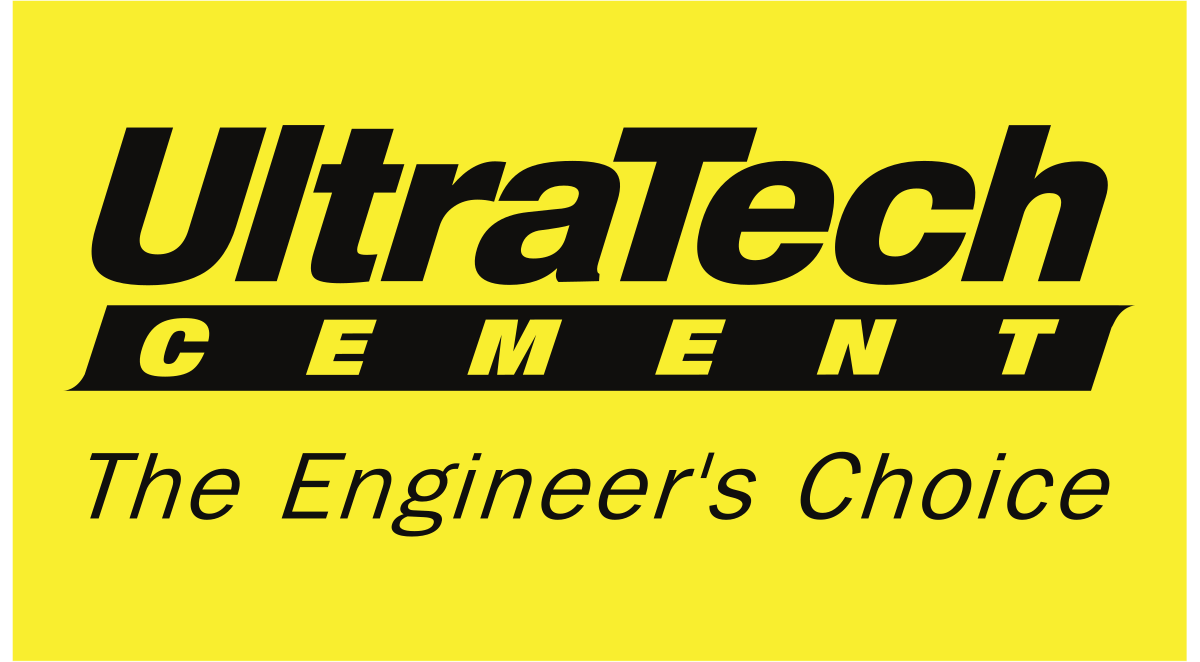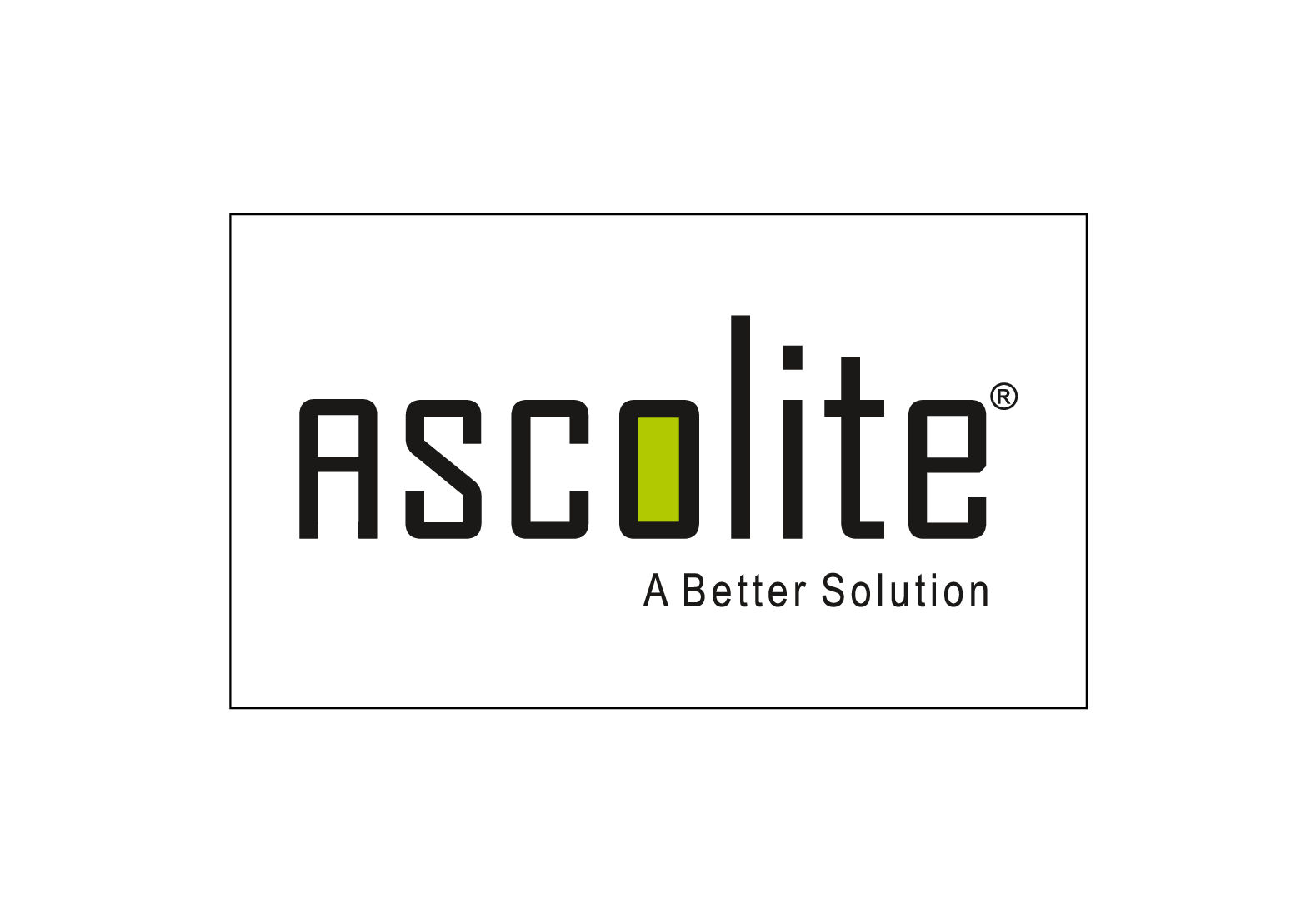Waterproofing Solutions

In any new construction project, waterproofing solutions are required at the following places:
- Toilet,Kitchen, and Bathroom Sunken Area
- Open Balcony Area
- Basement/Raft/Liftpit
- Pile cap
- Underground Water Tank
- Swimming Pool
- Podium Slab – drive/walkway
- Planter box
- Overhead tanks
- Terrace
- Facade
- Landscape
- Exterior Wall Protection
The success of Water Proofing system depends on:
- Selection of the Right System
- Correct design
- Proper workmanship
Waterproofing solutions are techniques or products used to prevent water from entering a building or structure. Water can cause damage to a building’s foundation, walls, floors, and roofs, and can also promote the growth of mold and mildew, which can be harmful to human health.
Here are some common waterproofing solutions:
Coating
Waterproofing coatings are applied to surfaces to prevent water from penetrating them. They are commonly used in areas that are exposed to water or moisture, such as roofs, decks, basements, and bathrooms. Here are some common waterproofing solutions coatings:
- Polyurethane coatings: Polyurethane coatings are commonly used in roofing applications, as they are durable, flexible, and long-lasting. They are also resistant to UV rays, which makes them ideal for outdoor use.
- Acrylic coatings: Acrylic coatings are water-based and are easy to apply. They are commonly used in areas that are not exposed to direct sunlight, such as basements and bathrooms.
- Epoxy coatings: Epoxy coatings are commonly used in industrial applications, such as in warehouses and factories. They are durable, long-lasting, and can withstand heavy foot traffic.
- Silicone coatings: Silicone coatings are commonly used in areas that are exposed to extreme temperatures, such as roofs and chimneys. They are resistant to UV rays and can withstand expansion and contraction due to temperature changes.
- Bitumen coatings: Bitumen coatings are commonly used in roofing applications, as they are inexpensive and easy to apply. They are ideal for flat roofs and can provide excellent waterproofing protection.
Sealant
Waterproofing sealants are used to prevent water from penetrating through gaps or joints in surfaces, such as windows, doors, and pipes. Here are some common waterproofing solutions sealants:
- Silicone sealants: Silicone sealants are widely used for sealing joints in bathrooms, kitchens, and other wet areas. They are flexible, long-lasting, and resistant to UV rays.
⦁ Polyurethane sealants: Polyurethane sealants are commonly used for sealing joints in roofs and concrete surfaces. They are durable, weather-resistant, and can withstand a wide range of temperatures. - Butyl rubber sealants: Butyl rubber sealants are commonly used for sealing joints in metal roofing and gutters. They are highly resistant to weathering and UV rays.
- Acrylic sealants: Acrylic sealants are water-based and easy to apply. They are commonly used for sealing gaps in walls, windows, and doors.
- Epoxy sealants: Epoxy sealants are commonly used for sealing joints in concrete surfaces, such as floors and walls. They are highly durable and resistant to chemicals and abrasion.
When selecting a waterproofing sealant, it’s important to consider the specific needs of the area being treated, such as the type of surface, the amount of water exposure, and the level of movement and stress on the joint or gap. It’s also important to follow the manufacturer’s instructions carefully to ensure proper application and maximum effectiveness.
Integrated Admixture
Waterproofing solutions integrated admixture is a type of additive that is added to concrete or mortar during the mixing process to increase its water resistance. This admixture contains a blend of chemicals that react with the water in the mixture to form a hydrophobic layer around the cement particles.
The hydrophobic layer prevents water from penetrating the concrete or mortar, making it resistant to water damage, such as cracking, erosion, or mold growth. This type of admixture is commonly used in construction projects, such as basements, swimming pools, tunnels, and other structures that require a high level of water resistance.
Some of the benefits of using waterproofing solutions integrated admixture include improved durability, reduced maintenance costs, and increased lifespan of the structure. Additionally, this type of admixture can also improve the workability and strength of the concrete or mortar, making it easier to work with and more resistant to structural damage.
It is important to note that while waterproofing solutions integrated admixture can improve the water resistance of concrete or mortar, it is not a substitute for proper construction practices, such as proper drainage and sealing of joints and cracks.
Liquid applied membrane
Waterproofing solutions liquid applied membrane is a type of waterproofing system that is applied to a surface in liquid form and forms a seamless, continuous membrane that prevents water penetration. This membrane is typically made of a polyurethane or acrylic-based material and can be applied using a brush, roller, or spray equipment.
The liquid applied membrane can be used on a variety of surfaces, including roofs, foundations, walls, balconies, and decks. It provides a flexible and durable layer that can withstand extreme weather conditions and protect the underlying structure from water damage, such as leakage, seepage, and cracking.
One of the main advantages of using a liquid applied membrane is that it can be easily applied to irregularly shaped surfaces and around protrusions, making it ideal for complex construction projects. It also provides excellent adhesion to a wide range of surfaces, ensuring long-lasting protection against water damage.
Another benefit of using a liquid applied membrane is that it can be customized to suit specific project requirements, such as adding UV stabilizers to protect against sunlight, or incorporating insulation to improve energy efficiency.
Overall, waterproofing solutions liquid applied membrane is an effective and versatile solution for preventing water damage in construction projects. It provides a seamless, long-lasting layer of protection that can improve the lifespan and durability of a structure while reducing maintenance costs over time.
Waterproofing Protection Membrane
A waterproofing protection membrane is a type of material that is designed to prevent water from penetrating into a structure or building. It is typically used in construction projects as a protective layer for roofs, walls, and other surfaces that are exposed to the elements. The membrane is usually made of a flexible material, such as rubber or polyurethane, and is applied to the surface in a liquid or sheet form.
The primary function of a waterproofing protection membrane is to prevent water from seeping into the structure or building and causing damage to the interior. It also helps to prevent the growth of mold and mildew, which can be harmful to both the structure and the occupants.
There are several different types of waterproofing protection membranes available on the market, including liquid-applied membranes, sheet membranes, and spray-applied membranes. Each type has its own unique properties and advantages, depending on the specific application and requirements of the project.
When selecting a waterproofing protection membrane, it is important to consider factors such as the climate and weather conditions in the area, the type of substrate being used, and the intended use of the structure or building. It is also important to follow proper installation procedures to ensure that the membrane is applied correctly and effectively.
Steps in Waterproofing are:
- Surface Preparation
- Crack Filling
- Patchwork Repair
- Coving
- Grouting
- Waterproof Coating
- Protective Screed/Plastering
- Finishing Material
Brand Associated








